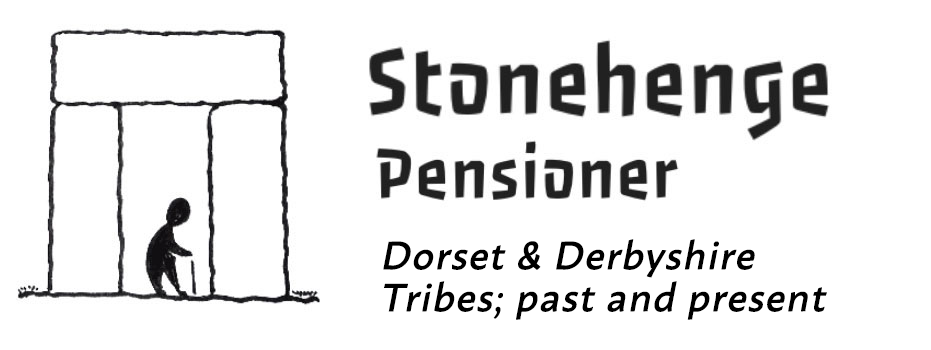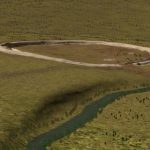Is Stonehenge A Place Of The Dead?
It was the archaeologist Parker Pearson who started this off. Because he found cremated human bones, the media flashed up the graphic headlines, ‘Is Stonehenge a place of the dead?’ The answer is complex and depends on which Stonehenge we consider.
The bluestone phase
When the first phase of Stonehenge was built, using bluestones from Preseli in Wales, incorporating the dead seemed to matter. Over some centuries, the Neolithic people placed the cremated remains of 80 individuals beneath 80 bluestones, these stones forming a circle. Each stone was socketed on top of the human remains. However, as these were the remains of men, women and children, it does not appear that they were a warrior or priest caste. We also have to take some care as these deaths might have occurred centuries before they were placed beneath the stone. Cremated remains could be carried around for long periods in skin bags.
The sarsen phases
The tribe then decided to reconfigure the bluestones, to place them within the huge sarsens dragged from Marlborough Downs. However, when they moved the bluestones they left the ashes where they were. Neither did they incorporate ashes or body burials beneath the new sarson stones. It is evident that belief practices had changed. The dead did not mean as much to them or, perhaps, the new deities like the sun or moon were more significant. These people, the emerging horticulturalists, put much more value on the seasons. By then, they had spent 1,500 years growing plants. Whatever, the dead played no further part in the subsequent changes to Stonehenge.
Stonehenge a place of the dead
My pagan ancestor Zuri visited Stonehenge in 2200 BC and well after all the sarsons had been placed. She went to experience rituals and not to attend a burial or a cremation. The physical disposal of the dead was no longer associated with Stonehenge and took place elsewhere. That might reflect success for the tribe in that a growing population forced them to change. Perhaps they took some bones of kinfolk with them to Stonehenge so that they were included in the ceremonies. This is similar to today when cremated ashes are put into a locket, or the carbon extracted and put it into a laboratory diamond. We are no different to the pagans in wanting to stay in contact with our dead. Finally, to answer my question, Is Stonehenge a place of the dead? The answer is no.




